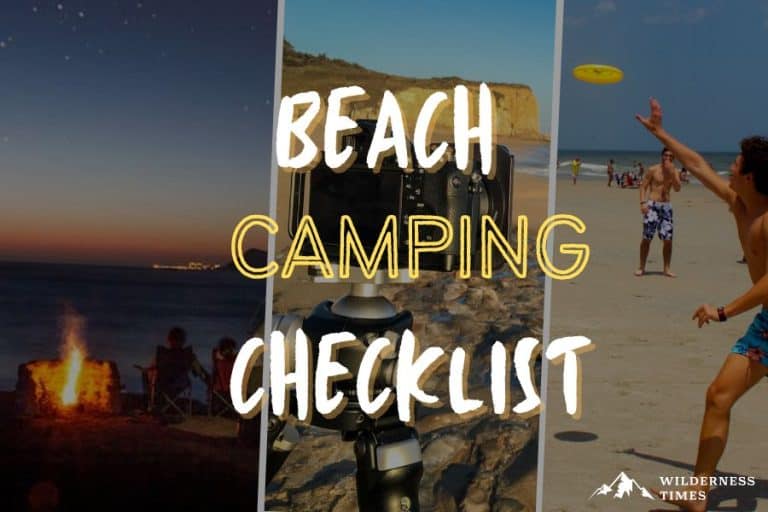Beach camping is a great way to spend a weekend in the summer. However, if you’ve never been beach camping, it might be overwhelming to think about all the gear you need to bring without a beach camping checklist.
In this article, we’ll include a comprehensive list of gear and equipment you’ll want to bring with you on your next beach trip (plus a few tips and tricks for when you get there).
Table of Contents
ToggleBeach Camping Checklist
Essentials
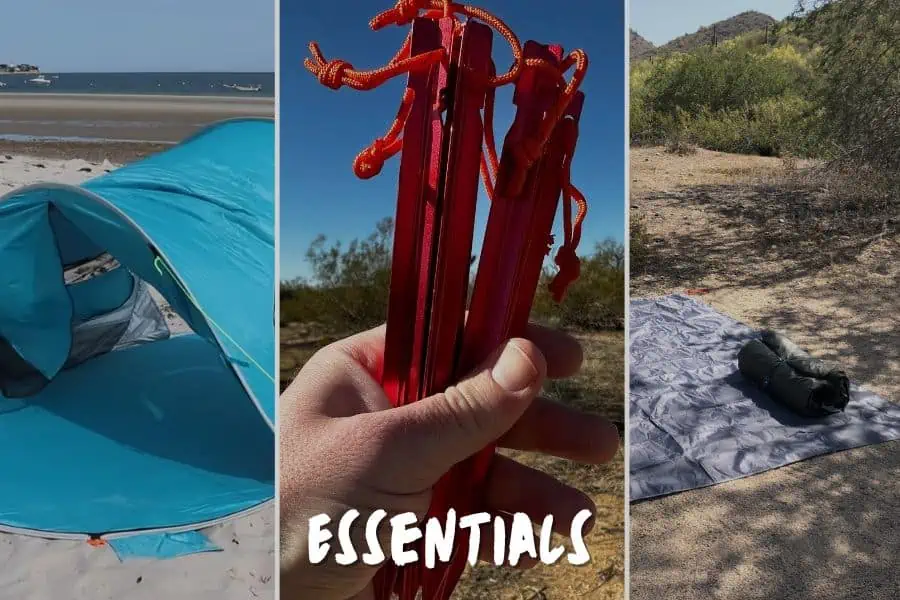
- Beach Camping Tent
- Tent Stakes for Sand
- Tent Weights
- Ground Cover
- Lantern, Headlamp, or Flashlight
- First Aid Kit
- Matches or Lighter
- Firewood or Portable Fire Pit
- Stuff Sacks
- Camp Shower
Basic Beach Items
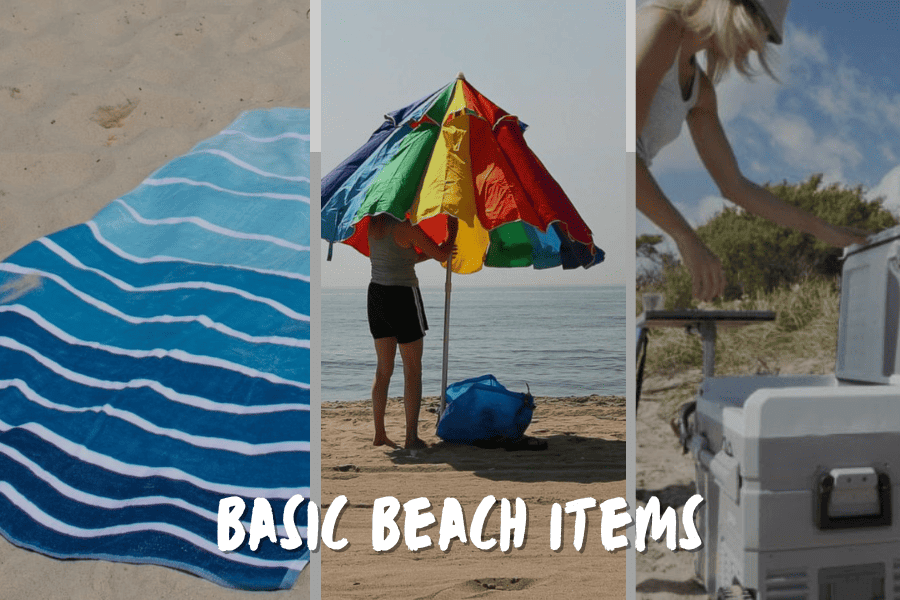
- Quick-drying Towels
- Coolers
- Water & Drinks
- Snacks
- Beach Chairs
- Beach Umbrella & Sand Anchor
Clothing
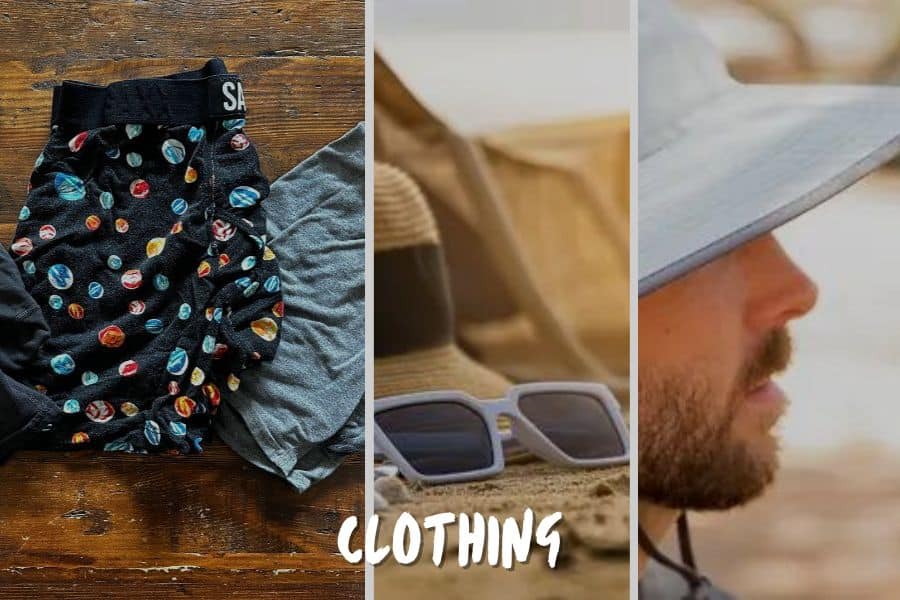
- Bathing Suit
- Rash Guard or Sun Shirt
- Hat
- Sunglasses
- Sandals or Tevas
- Water-resistant Luggage
- Change of Clean Clothes
Toiletries
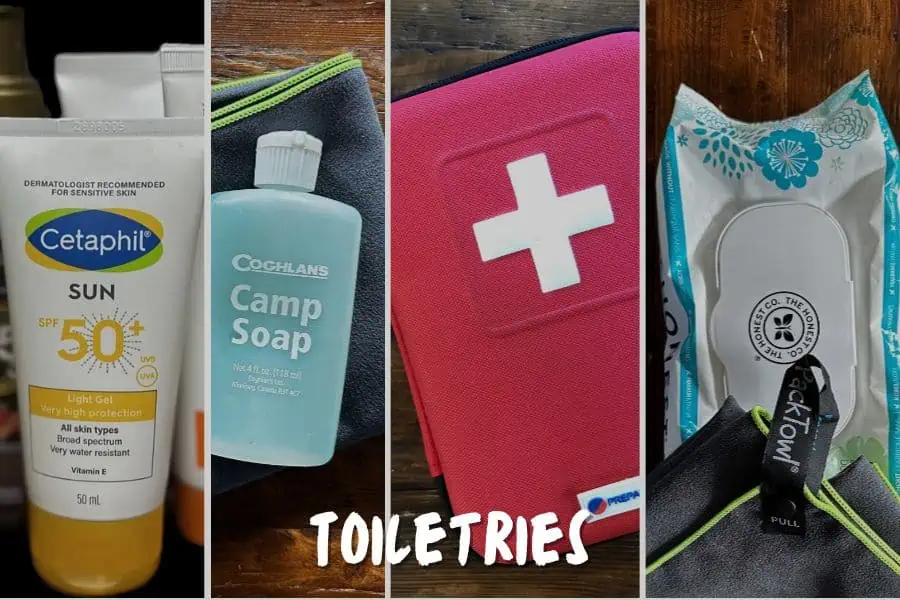
- Biodegradable Soap & Shampoos
- Mineral-based Sunscreen
- After-Sun Care
- Bug Spray
Entertainment (Optional)
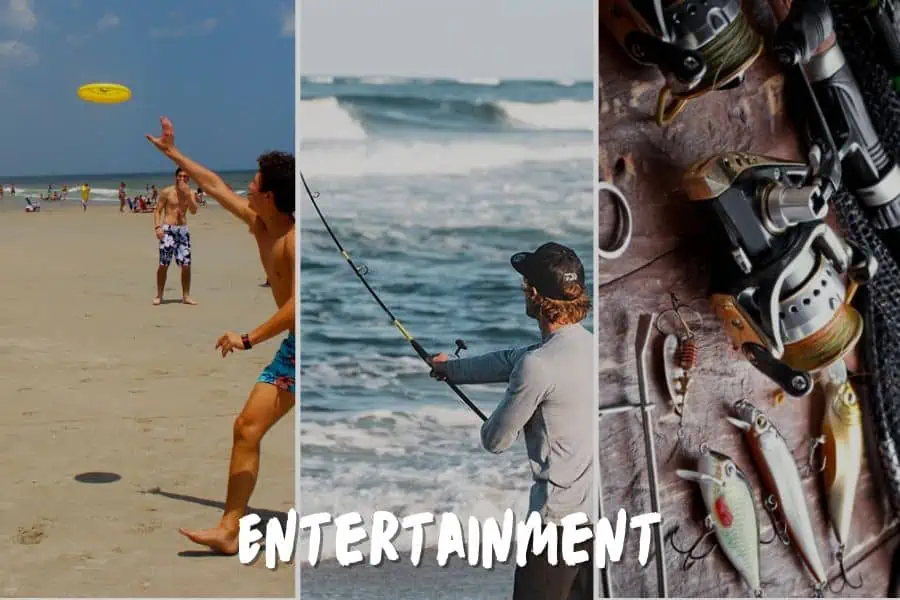
- Frisbee
- Football
- Volleyball
- Sand Castle Building Materials (Bucket, Shovel, etc.)
- Boogie Boards/Surfboards
- Snorkel/Swim Goggles
- Kayaks or Standup Paddle Boards
- Bike
- Camera/GoPro
- Hiking Gear
- Fishing Gear
Top Activities For Beach Camping
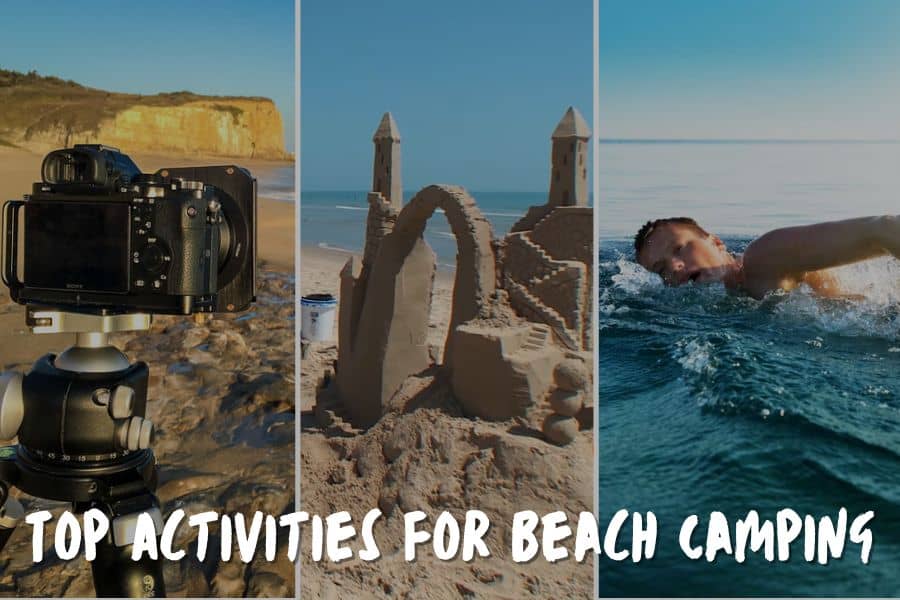
Whether you’re having fun in the sand making sandcastles, playing catch on the beach, or swimming in the water, there are so many fun things to do on the beach!
The best part about being at the beach is that you don’t have to have a plan.
How you decide to spend your time is up to you.
However, if you want to do a little planning beforehand, there are usually plenty of hikes and fishing excursions you can go on around the beach.
This can be a great way to further explore the areas around you – and get an even better perspective of the beach.
Tips & Tricks For A First-Time Beach Camper
In addition to our beach camping checklist, here are some of our best tips for new beach campers!
Check The Weather & Tides
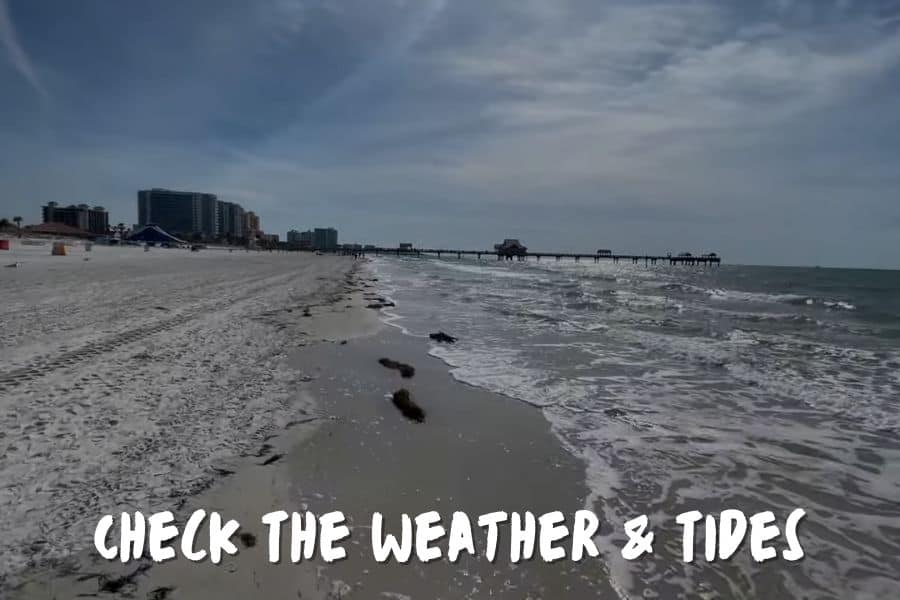
Have you ever heard the phrase, “never turn your back on the sea”? The ocean can be unpredictable and can change in a moment.
Because of this, make sure you check the weather before you head out to the beach.
The best conditions for camping on the beach are clear and sunny weather.
If you see any storms on the forecast, it might be a sign to reschedule your beach adventure.
Additionally, always make sure to keep an eye on the tides when you’re out on the beach.
The ocean’s tides will change the level of the water and waves on the beach substantially throughout the day.
Find Your Camping Spot
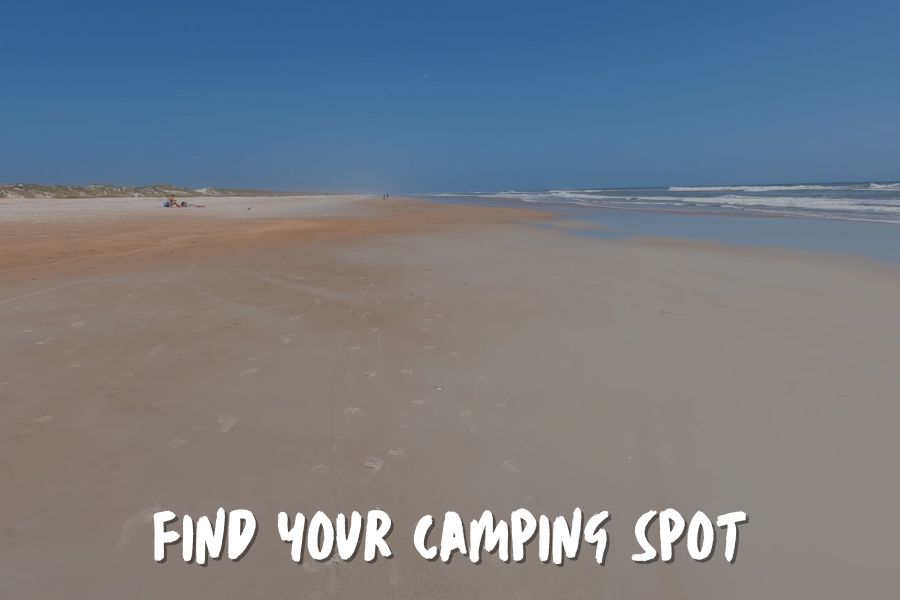
When looking for the best camping spot on a beach, there’s a few things to look out for.
First, always make sure to have the tides in mind, and place your tent higher up on the beach away from the water, so that you won’t be affected by any incoming waves.
Second, it’s best to stay away from sand dunes when pitching your tent on the beach.
Sand dunes are a fundamental part of beach ecology.
Too much wear and tear on them can contribute to erosion and damage the surrounding ecosystem.
It’s best to look for relatively flat ground away from the water’s edge.
Pitch Your Tent
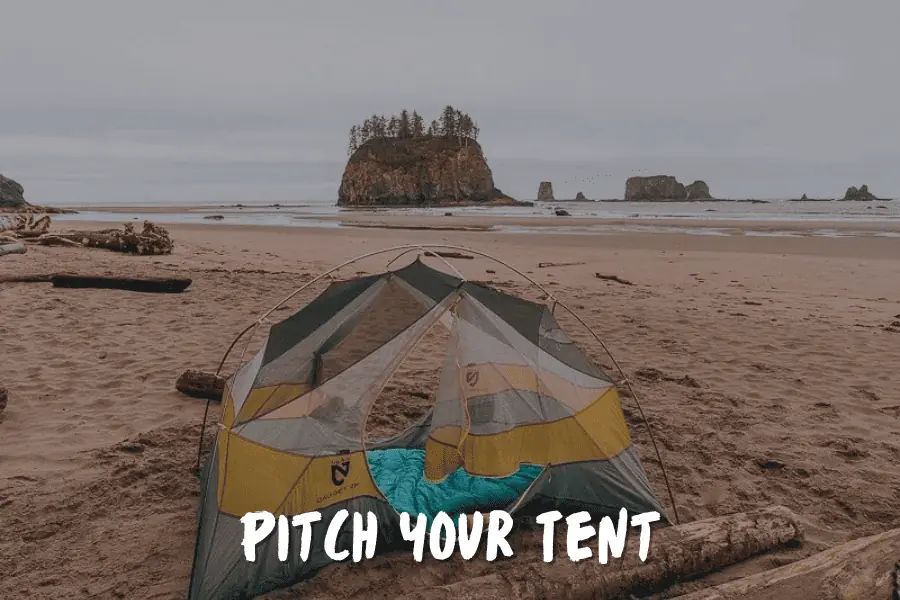
Setting up your tent on sand is really different from pitching it on regular ground.
Once you’ve found your camping spot, you’ll need to smooth out the sand.
Even flat areas of sand can be a little lumpy.
Before you set down your ground tarp, make sure to smooth out the sand by hand in your area.
This will give you a more comfortable base to sleep on.
Then, lay out your ground tarp. This will be important on your beach camping trip for a few reasons.
First, it’ll prevent the bottom of your tent from getting too covered in sand and make cleaning up easier when you get home.
Second, it can provide a great area for “de-sanding” before entering the tent.
When I go beach camping, I bring a ground tarp that is slightly bigger than my tent.
This makes it extend a few feet in front of the tent entrance, which gives you an area to shed sand, dirt, and wet shoes before getting into your tent and sleeping gear.
Then, pitch and stake your tent. Since beaches can get windy, it’s important that you stake down your tent.
However, normal stakes won’t work for the sandy beaches.
You’ll need to bring sand-specific stakes (included in the list above) called tent pegs or tent weights to complete the job.
Tent pegs, which are wider than normal camping stakes, have more surface area and therefore more traction against the sand.
You use pegs to stake down your tent just like you would use normal camping stakes that came with your tent.
Tent weights can be laid over the corners of the tent to weigh it down, and protect you and your gear from strong winds.
Need a tent? Best Pop Up Tent (QUICK Pitch Tent Buying Guide)
Stay Safe On The Beach
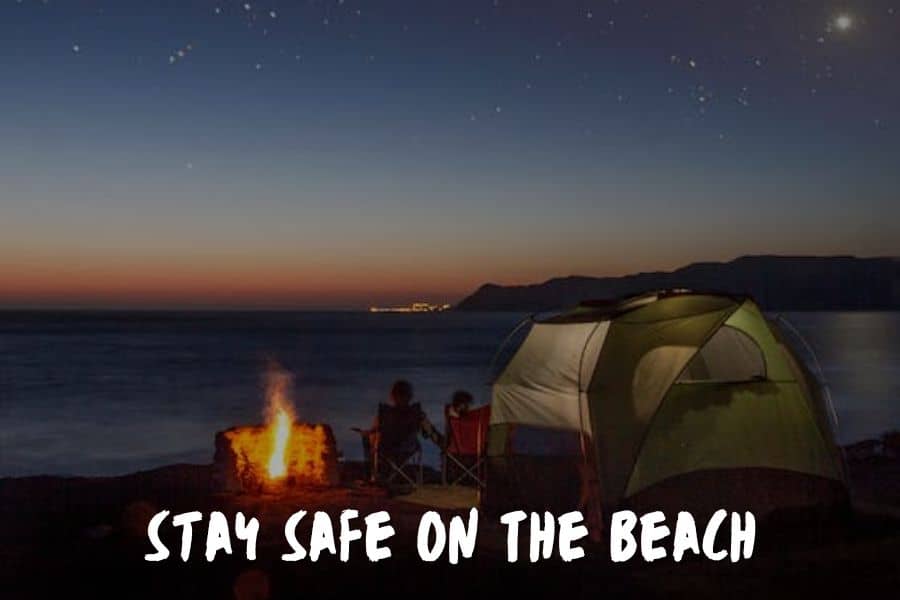
The beach can be really fun, but if you’re not careful, it can also be quite dangerous.
When I go on beach trips, I always make sure everyone in the group has a buddy.
This way, we can keep track of everyone – especially after dark.
Additionally, it’s important to understand everyone’s swimming ability and comfort levels around water.
Never let anyone go into the ocean alone and always make sure to keep an eye on weaker swimmers.
Finally, be careful of rip currents, or strong currents that exist underwater that can be hard to escape.
If you get stuck in a rip current, always make sure to swim with the current, rather than against it. If you stay with it, it will eventually spit you out.
FAQs
What Should I Not Do While Camping On The Beach?
There are a few things to avoid when camping on the beach.
This includes swimming without your buddy, camping close to the shoreline, camping on a sand dune, and littering on the beach.
When you’re on a beach camping trip, your main priorities should be keeping yourself and others safe both in and out of the water and avoiding doing any damage to the surrounding ecosystem.
Can I Pitch A Tent On A Beach?
For the most part, yes.
However, some beaches are only for day-time recreation and will require everyone to leave at night.
Make sure to check the rules for your location before you go, so you’re sure you’re on a beach that allows overnight camping.
How Do I Keep My Tent From Blowing Away On The Beach?
You can use sand-specific stakes, or tent weights, to keep your tent from blowing away on the beach.
Where Should I Put My Tent On The Beach?
Basically, make sure that you are aware of the tides and the surrounding sand dunes when you pitch your tent.
The best spot to pitch your tent on the beach is both away from the water’s edge and from sand dunes.
How Do You Use Tent Pegs In Sand?
Tent pegs, or stakes you can use in the sand, can be used just like your regular stakes.
These pegs are slightly wider than a normal camping stake, giving them larger surface area and more traction against sand.
You can also use tent weights to weigh down the corners of your tent, too.
Is It Cold Camping On The Beach?
Sometimes, it can get quite chilly on the beach at night because colder winds will blow in from the ocean.
With this in mind, you should bring warm sleeping gear and fleeces on your beach camping trip.
Final Thoughts
Beach camping can be a ton of fun, but you have to make sure you’re prepared first.
I hope our beach camping checklist and our tips and tricks will help you and your crew have a great (and safe) time at the beach!
More Camping Checklists


